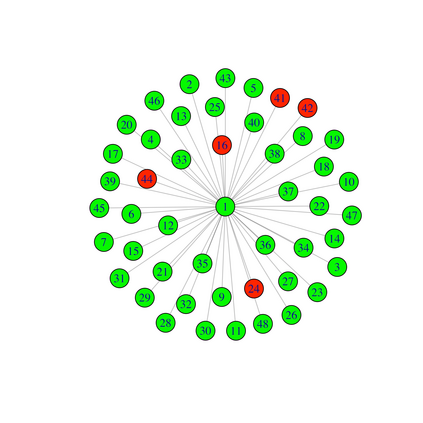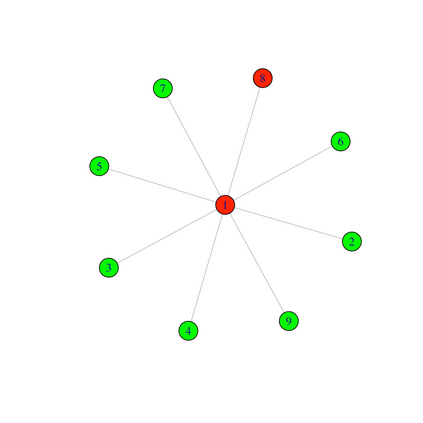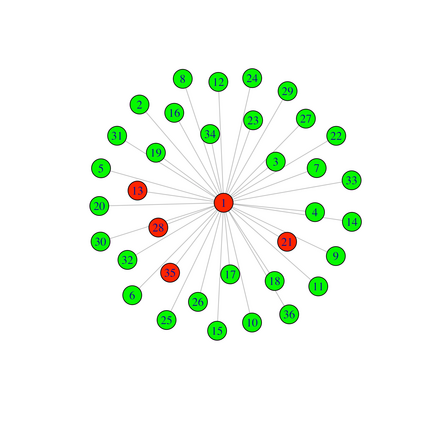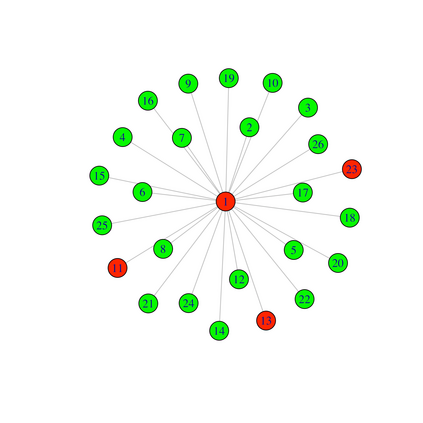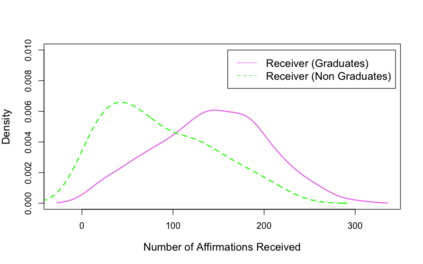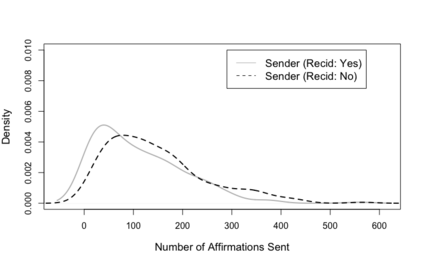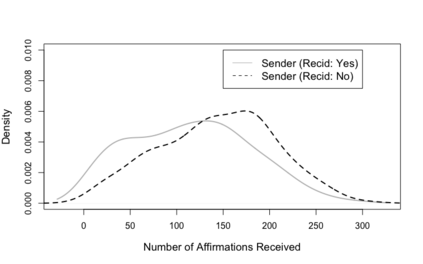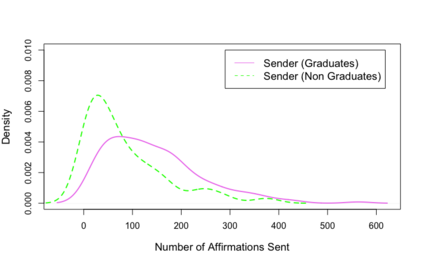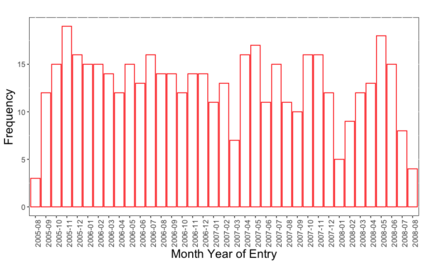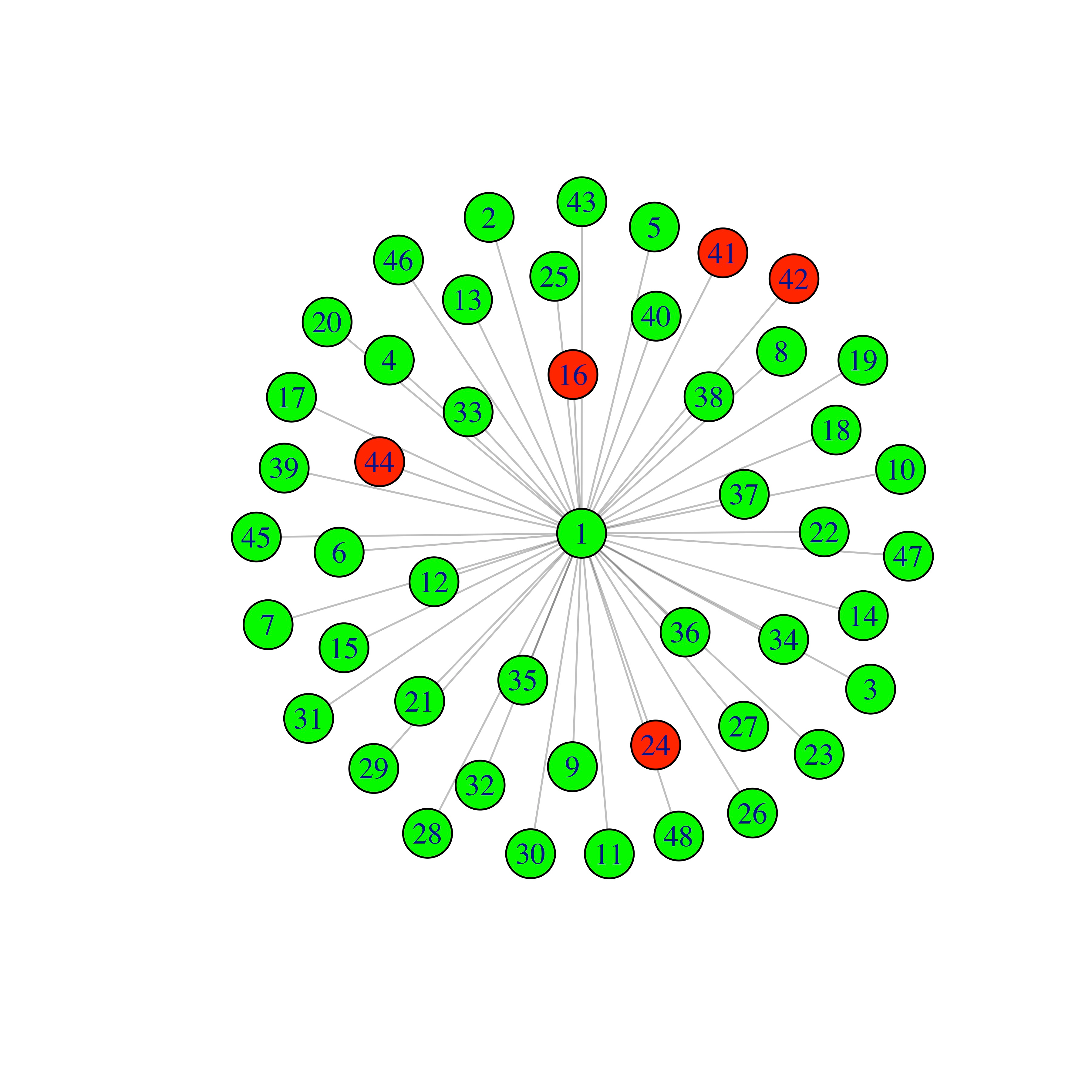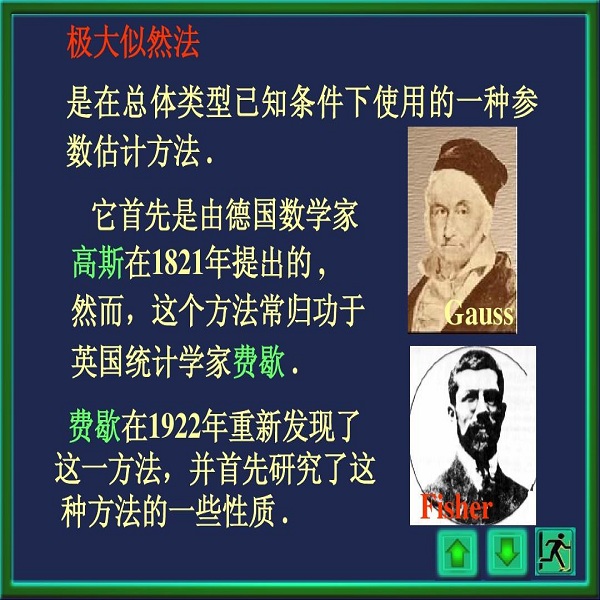Modeling social influence on outcomes of network-connected individuals is a central research question in several scientific disciplines. However, network influence cannot be identified from observational data because it is confounded with unobserved homophily. We propose a latent homophily-adjusted Spatial Autoregressive model (SAR) for networked responses to identify the causal contagion effects. The latent homophily is estimated from the spectral embedding of the network's adjacency matrix. We further develop maximum likelihood estimators for the parameters of the SAR model when covariates are measured with error. The bias-corrected MLE enjoys statistical consistency and asymptotic normality properties. We combine the estimated latent homophily with the bias corrected MLE in the SAR model to estimate network influence. Our simulations show that the methods perform well in finite samples. Applying our methodology to a data-set of female criminal offenders in a therapeutic community (TC), we provide causal estimates of network influence on graduation from the TC.
翻译:建模对网络连接个人结果的社会影响是若干科学学科的一个核心研究问题。然而,网络影响无法从观测数据中辨别出来,因为它与未观测到的同系物混为一谈。我们提出一个潜在的单向调整空间自动递减模型(SAR),用于网络反应,以识别因果关系效应。潜在同系物根据网络对相邻矩阵的光谱嵌入估计。我们进一步为合成孔径雷达模型参数的参数制定最大可能性估计器,如果对共差值进行误测。偏向修正的MLE具有统计一致性和无症状正常性特性。我们把估计的潜伏同系与合成孔径雷达模型中纠正的MLE误差结合起来,以估计网络影响。我们的模拟表明,这些方法在有限的样本中表现良好。我们将我们的方法应用于治疗界女性罪犯的数据集,我们提供了网络对脱离TC的影响的因果估计值。

